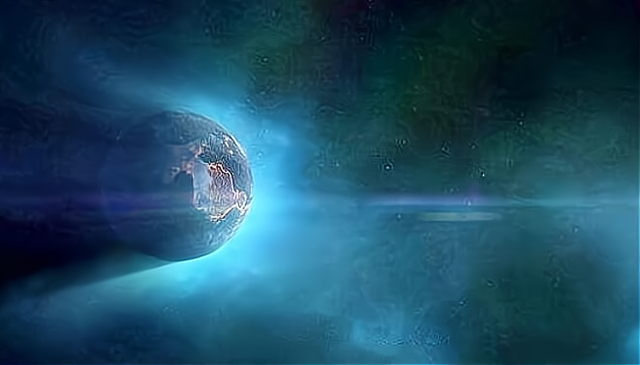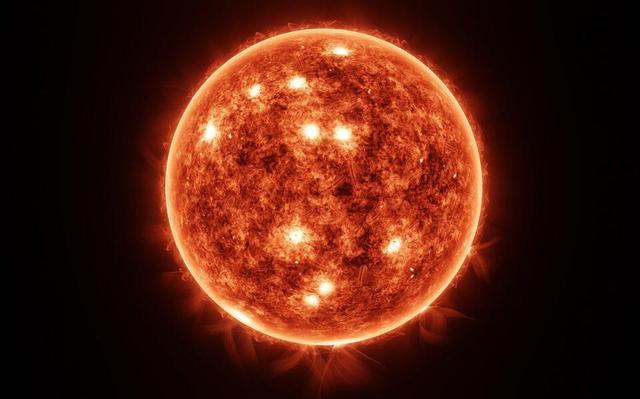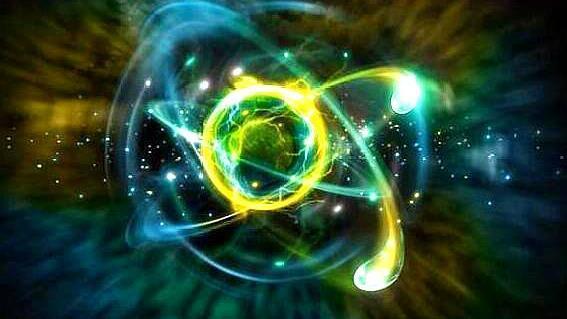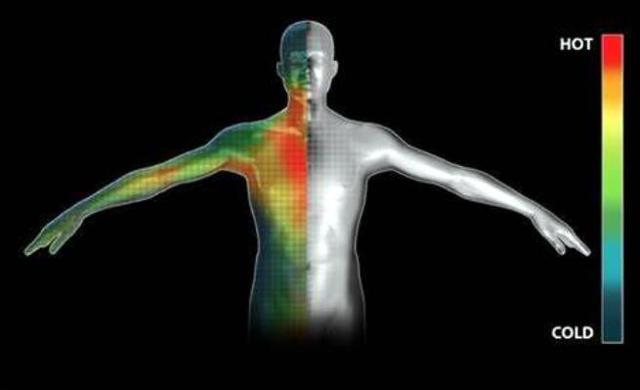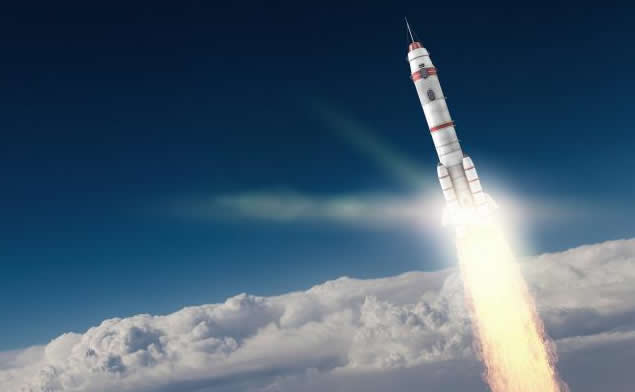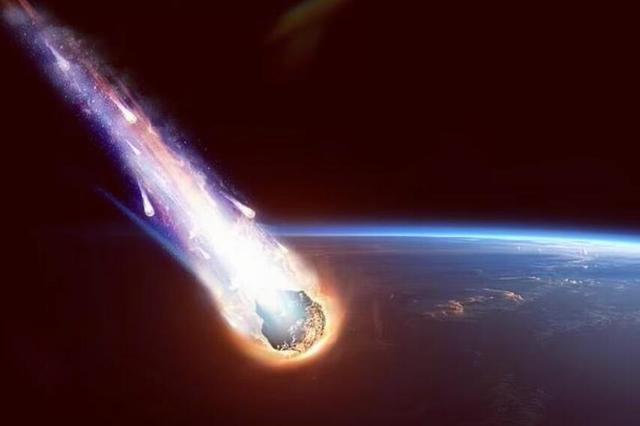Earthquakes are a natural phenomenon known to all of us, and they are not unique to the earth. In theory, any planet with a solid crust can have an 'earthquake', and for the sake of distinction, we can call it a 'starquake'. The strength of a 'starshock' varies from planet to planet, so how terrible is the strongest known 'starshock'?

On 27 december 2004, the earth's outer atmosphere was suddenly bombarded by a blast of gamma rays and x-rays, causing atmospheric molecules to ionise and glow, while a number of artificial satellites orbiting the earth were also affected.
Scientists have identified the "Perpetrator" Of this event as a neutron star called sgr 1806-20, which is located in the sky in the constellation sagittarius, about 50,000 light years away from us. Further studies have shown that this was a "Starquake", lasting only 0.1 seconds.
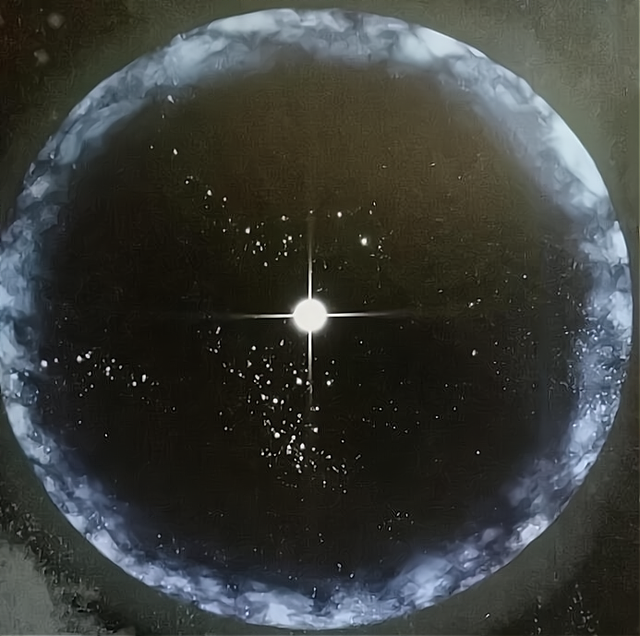
Although the duration was short, the energy released was quite impressive, and even after 50,000 light years of travel, it could be brighter than the full moon in the gamma-ray band. Scientists have calculated from observations that the energy emitted by this "Starquake" Was about 1.8 x 10^39 joules.
The sun releases 3.8 x 10^26 joules of energy per second, so a simple calculation shows that the energy released in 0.1 seconds is equivalent to the total energy released by the sun in 150,000 years. How many magnitudes of earthquake would this be, if measured on an earthquake scale?
The standard formula for earthquake magnitude is "E=10^4.8×10^(1.5m)", where e is the energy released by the earthquake and m is the magnitude of the earthquake, so we can conclude that the energy released by the starquake was equivalent to a magnitude 21 the magnitude of the earthquake was about 21.
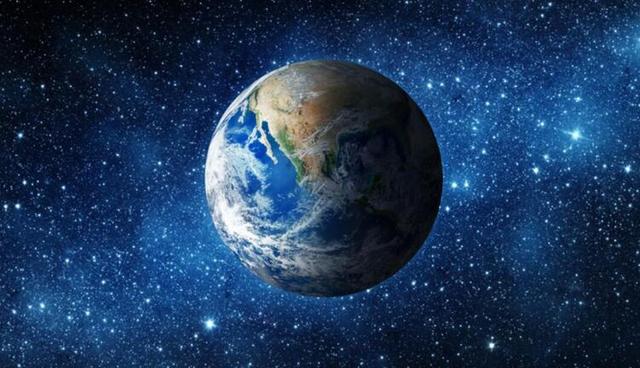
It is important to note that the earth is a gravitationally cohesive body with a gravitational binding energy of about 2.25 x 10^32 j. If the earth can withstand more than this, it will fall apart, and 1.8 x 10^39 j is already 8 million times the gravitational binding energy of the earth, so it is safe to say that the earth cannot withstand such a high energy.
In fact, if the "Starquake" Had occurred within 10 light years of the earth, the gamma and x-ray emissions would have wiped out every inch of the planet.
"This "Sgr1806-20" Is the most powerful "Starshock" Known, and the above description gives you a good idea of how powerful it is. The above description shows how powerful it is. So how did this magnitude of "Starshock" Come about? Let's see.
A star in the universe will collapse gravitationally when the "Fuel" In its core runs out, and if the star is massive enough, a powerful supernova explosion will occur, after which the core may evolve into a neutron star.
During evolution, if the rotation period of the neutron star's 'predecessor' is less than about 10 ms, and if there is sufficiently strong convection in the core material, it may evolve into a special type of neutron star - a magnetar with an unusually strong magnetic field.
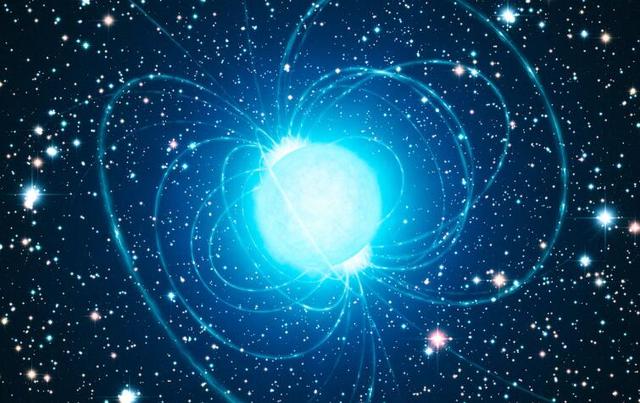
Scientists estimate that, on average, there is one magnetar in every ten neutron stars in the universe, and that its own magnetic field can be as strong as 1,000 trillion gauss, compared to about 25 gauss in the core of our planet.
Magnetars are not composed entirely of neutrons; their shells are made up of a solid lattice of heavy elements (mainly iron) and a large number of free electrons, and are therefore subject to the action of the magnetic field.
As the magnetic field of a magnetar changes, the "Pressure" Of the magnetic field on its shell increases, and when it exceeds the limits of the shell, the shell is twisted and torn apart, releasing a powerful energy, and a "Starquake" Occurs.
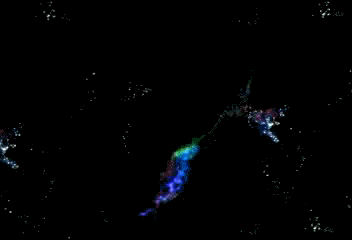
Neutron stars are the second densest objects in the known universe after black holes, with densities usually above 100 million tonnes per cubic centimetre, while the densities of more massive neutron stars can be as high as 1 billion tonnes per cubic centimetre. It is easy to imagine how powerful a "Starquake" Of such a dense object could be.
Fortunately, there are no magnetars in the vicinity of our planet, and observations show that the closest of all known magnetars is "Sgr 0418+5729", which is about 6500 light-years away from us and is not a threat to the earth, so we need not worry about it.

